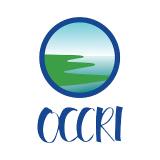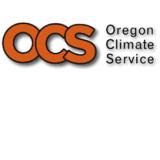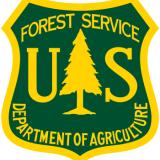Pacific Northwest DEWS June Drought & Climate Outlook Webinar: June 28, 2021
According to the June 22, 2021 U.S. Drought Monitor, 79.8% of the Pacific Northwest Drought Early Warning System (DEWS) is in drought. Washington, Oregon, and Idaho all experienced their second driest March–May period on record (since 1895), and drought conditions have continued to expand throughout the region, which could contribute to increased wildfire potential. Summer is here and record-shattering heat along with it. This webinar featured conditions, climate outlooks, as well as presentations on the long-term drought effects on fire in the Northwest and on the extremes driving the western Oregon wildfires of September 2020.








